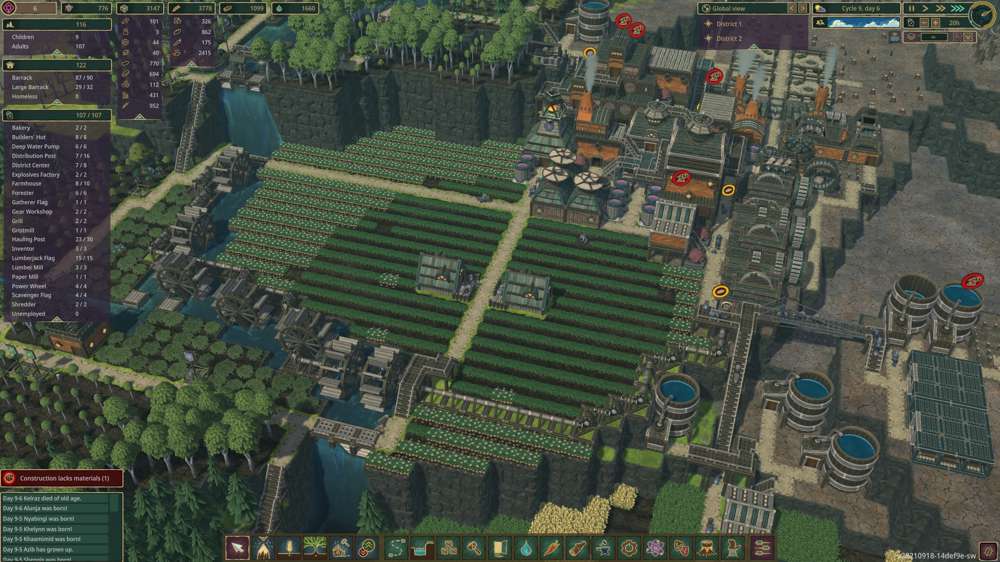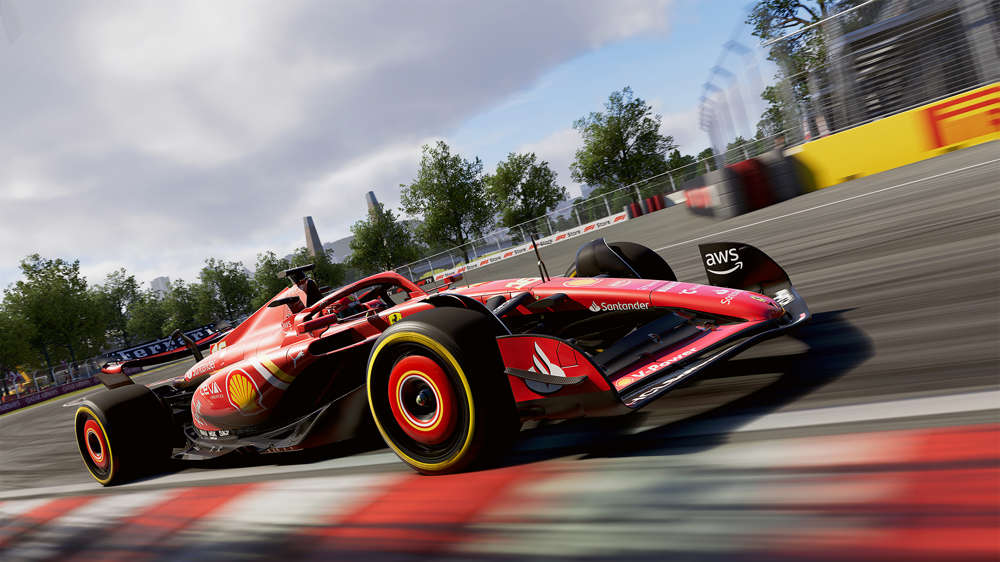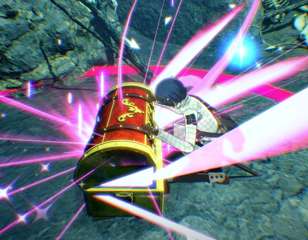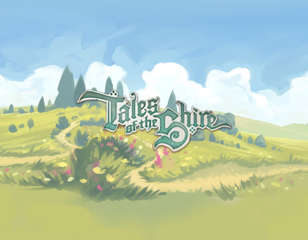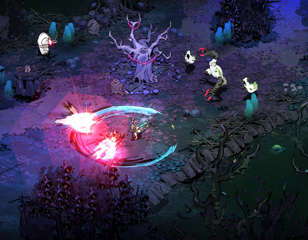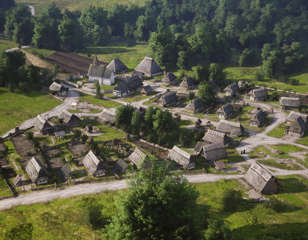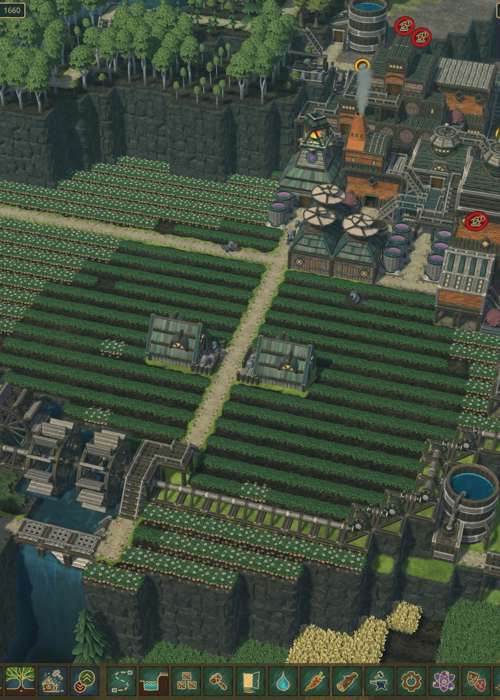
Timberborn Power: How To Power Districts
Learn everything you need to know about Timberborn power including how to effectively produce and supply power to your beaver cities.
Learning how Timberborn power works and effectively powering your colonies is vital to long term survival. As beavers don’t have access to electricity, they must rely on rotational energy to power their industry by harnessing hydropower, wind power or just good old fashioned beaver-power. That's where everything to do with Timberborn power comes in.
As you progress through Timberborn you will unlock structures to place on any of the Timberborn maps that require advanced resources, like planks, gears and paper. These resources are needed to produce end game items like dynamite or bread and to build structures that improve the overall well-being of your beavers. However, these resources can only be produced by buildings that need power to operate. Each of these buildings has a power requirement, measured in horsepower (hp), that must be met in order for the building to operate effectively. Not meeting the power requirement results in a lower overall efficiency and ultimately less resources being produced.
Timberborn Power Sources
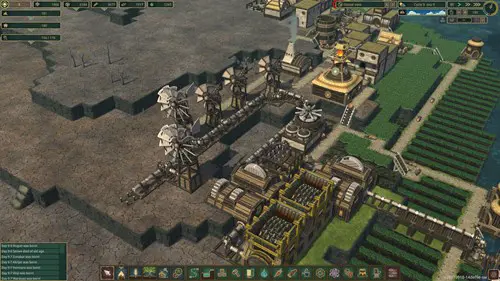
There are a number of power options available to your beavers, including:
- Water Wheel (180 hp) - available straight from the get go, this power source enables you to harness the power of flowing water. While the Water Wheel offers a good amount of power, it works when you have water flowing, making it almost useless during the droughts. Some clever use of flood gates and levees can extend the use.
- Power Wheel (50 hp) - relying on beaver-power, this power source involves employing a worker to run on a giant hamster wheel (or beaver wheel, in this case). While the Power Wheel produces significantly less power than other sources, it's cheap, available from the start and can be run during any season.
- Windmill (120 hp) - available exclusively to the Folktail faction and unlockable through science, the Windmill converts wind power to power your buildings. The Windmill produces a relatively decent amount of power and doesn’t require any workers, but requires paper to be built. Most importantly, however, the Windmills don’t always produce power and are reliant on there actually being wind - this means their power production can be spotty at best.
- Large Windmill (300 hp) - also only available only to the Folktail faction, this large version of the windmill produces significantly more power and offers more reliable wind power. However, it does require a large science investment as well as both gears and paper.
- Engine (200 hp) - unique to the Iron Teeth faction, the Engine allows you to burn fuel (logs) to produce power. Engines can take a significant amount of time to unlock, needing a large amount of science and metal blocks (from processing steel). The engine also requires a worker and a constant supply of logs in order to run. However, once you have a large enough supply of wood the engine can essentially become a permanent source of power able to run through even the longest droughts.
Timberborn Power Shafts
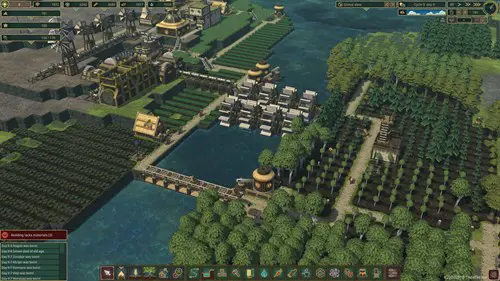
While power can be shared by adjacent buildings, your power sources might not always be right next to the buildings that need power. You’ll need to use Shafts to transport the rotational energy produced. Shafts connect one structure to another allowing the power to be shared between them and are available in straight pieces, corner pieces, T-junctions and X-junctions. By connecting these various pieces you can create complex networks of buildings and power sources all using and supplying the same power. Something to remember is that these shafts take up space and beavers can’t cross them, so it’s important to plan where you want to build them. One tip is to build the shafts on top of platforms above your pathways (or vice versa) to save as much space as possible.
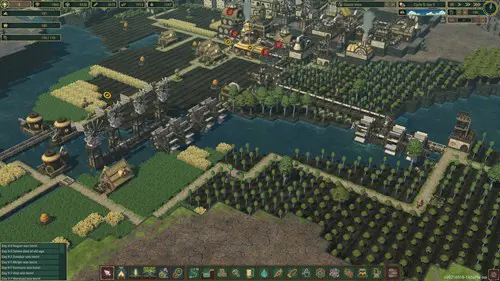
Power is a valuable resource in Timberborn and ensuring a steady power source is important. It’s a good idea to not be reliant on one source of power, as very few of the power sources in Timberborn are able to produce power non-stop. It’s also smart to have more power supply than your actual demand so that when your water wheels stop turning during a drought your production won’t grind to halt. By diversifying your power in Timberborn you can ensure the survival of your beaver colony.

About The Author
Mike Mills
Mike is a freelance writer who plays most genre of games, but especially enjoys strategy games, city builders and RPGs.
